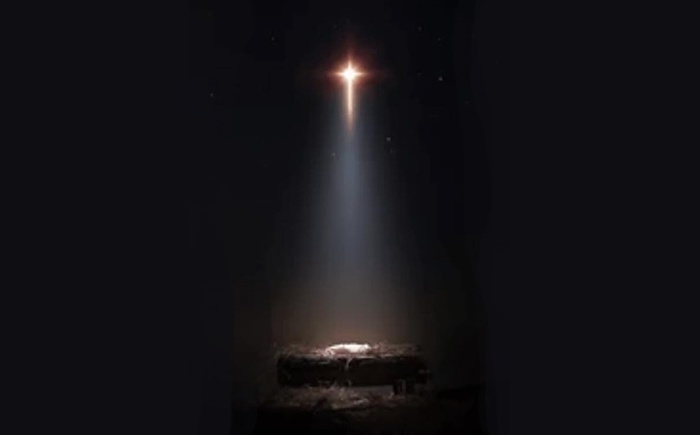Do You Hear What I Hear

Photo Credit: New Hartford Public Library - Permission Granted for Non Commercial Use.
Audio Credit: Estate of Robert Goulet - For Non Commercial Use
December 2023: With apologies to family and friends, I haven't participated in the Christmas season enthusiastically in the last couple of years. A Cultural Catholic, I pray for peace, I pray for health. Neither work. However, the good news is I've been pulled into a couple model train exhibits by kids who are Defacto God Sons, I recently escorted my beautiful niece to a cocktail party at the Museum of Natural History, I sang Christmas Caroles in Washington Square Park, the protests amplifying the vitality and memories in my heart. Earlier today, I bussed tables and washed pots for the homeless, hopefully some of the same angry people who were in Washington Square last night. I know I was made to work, in my world that might be how prayers are answered.
Tis the season right? Several years ago, I got pretty tired of grandma getting run over by reindeer. Nothing against the song writers Elmo and Patsy, but I prefer Strauss. So I gave up Caroles for Waltzes. The silly Christmas jingles seemed to exacerbate the sense of hypocrisy and commercialism surrounding the season, The Nutcracker offered escape and tradition.
Sometimes insight can arrive in the midst of self absorption. As in a deeper understanding of a Christmas Song. Several days ago, while listening to the radio, the back story of "Do You Hear What I Hear" was made clear, providing context to a beautiful song. Of the writers, Gloria Shayne and Noel Regney, Regney survived harrowing and deadly experiences in World War Two, while a member of the French Resistance. Late October of 1962 was an ugly deja vu - the world once again trembled as the United States and the Soviet Union stared each other down during the Cuban Missile Crisis:
That October, as Noel Regney walked through the streets of New York, a sense of despair was in the air. No one smiled. Regney had endured the horrors of war. He knew the fear and terror of being close to death. The safe and secure life he had built for himself in the United States was on the verge of ending.
I had thought I’d never write a Christmas song he recalled. Christmas had become so commercial. But this was the time of the Cuban Missile Crisis. In the studio, the producer was listening to the radio to see if we had been obliterated."
En route to my home, I saw two mothers with their babies in strollers. The little angels were looking at each other and smiling. All of a sudden, my mood was extraordinary."
Regney's extraordinary mood is reflected in his song. But as happens frequently in our day and age, it's message of peace is lost on many:
I am amazed that people can think they know the song and not know it is a prayer for peace," Regney once told an interviewer. But we are so bombarded by sounds and our attention spans are so short."
Let us hope and pray that, when it is sung in churches worldwide during the Christmas season, this song of peace will remind us that 'The Child, The Child sleeping in the night, came to bring us goodness and light."
If you get a chance, take a few minutes and give it a listen. Be mindful of it's origin. It's an anti-war song, consistent with the true spirit of Christmas. Bing Crosby made the song famous, bringing it to millions a year after it was published. My favorite version is sung by Martina McBride. The version that accompanies this essay is sung by Robert Goulet. It was Regney's favorite. All three versions are available on YouTube.
This story has been composed on my iPhone, using the voice to text capability of the Notes App. In this time of turmoil and rage let's remember what the holidays stand for, let's respect their their historic meaning, and whether religious or secular, lets bring peace to each other. Merry Christmas!
Christmas Season

To leave a comment, please Signin or Register.